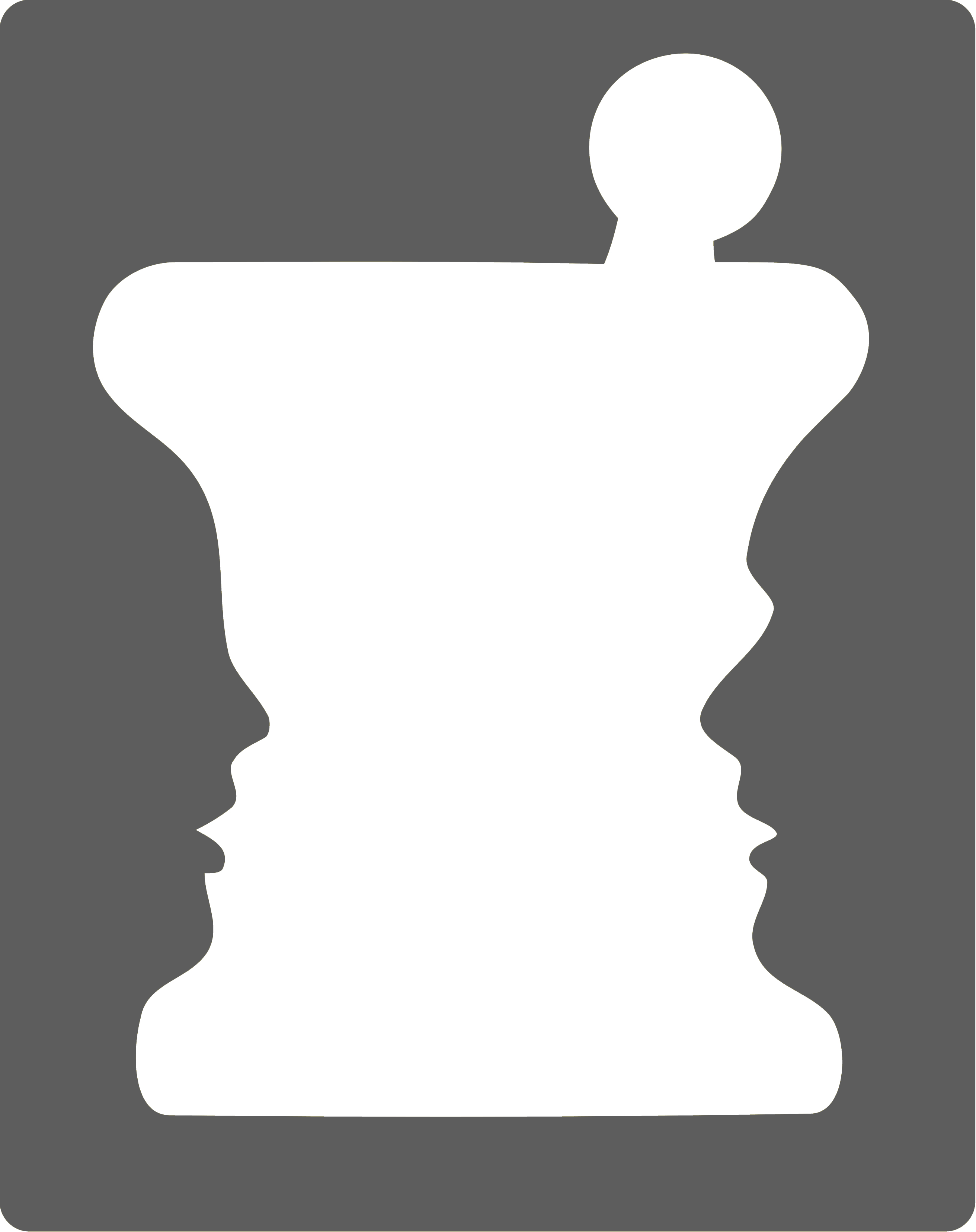FAQs - Why should I talk to my pharmacist?
Why do I need a consultation from my pharmacist?
California pharmacy regulations require pharmacies to maintain patient medication profiles and counsel patients regarding their prescription medication before dispensing. Consultation provides the pharmacist with the opportunity to educate patients who present new prescriptions and protect them from potential problems associated with a new medication by discussing possible side effects, contraindications and the importance of following directions. Consultation also provides the pharmacist one more opportunity to prevent dispensing errors by inspecting the medication container's contents to assure that the proper drug is dispensed.
Does the pharmacist have to talk to the patient about prescription medication?
The pharmacist is required to talk to you about all new prescription medications that have not been provided to you before. You should know the answers to at least the following questions before taking prescription medications:
- What is the name of the medicine and what is it supposed to do?
- How and when do I take it and for how long?
- What do I do if I forget to take my medicine?
- Are there any side effects, and what do I do if they occur?
- Is there any written information available about the medicine?
Can the pharmacist refuse to fill my prescription?
Yes, a pharmacist in his or her professional judgment may refuse to fill a prescription.Can I return my prescription to the pharmacy?
No, the pharmacy is not required by law to take back prescriptions that have been dispensed.Can the pharmacist give out my personal medical information?
California law places strict requirements on what information can be released. In most cases, the patient must approve release of any personal medical information.Why does the pharmacy need my address, social security number, and date of birth?
This information is used to identify patients to avoid any error in dispensing medication to the wrong patient.
Is my prescription label supposed to look a certain way?
California law requires 4 elements on the label be in 12-point san serif font and occupy at least 50% of the label. These elements include:
- Name of the patient;
- Name of the drug and strength of the drug – name can mean a manufacturer’s trade name or the generic name with the name of the manufacturer;
- The directions for use of the drug; and,
- The condition or purpose for the drug being prescribed if it was indicated on the prescription.
What if my prescription doesn’t look like that?
You may file a complaint with the board. The board will research the issue and let you know if pharmacy law was violated. Information on filing a complaint can be found here (link).
I am more comfortable receiving instructions in my native language but I don’t think my pharmacist speaks my native language. Can I get an interpreter?
Yes. You have a right to interpreter services at your request with no cost to you.
If I don’t speak English, how can I ask for an interpreter?
The pharmacy is required to have an 8 ½ x 11 paper that says “Point to your language. Interpreter services will be provided to you upon request at no cost.” in the following languages:
Arabic, Armenian, Cambodian, Cantonese, Farsi, Hmong, Korean, Mandarin, Russian, Spanish, Tagalog, and Vietnamese.
Do pharmacists have to have translated directions for use?
Effective 1/1/16, pharmacists have access to already translated directions for use in 5 languages from the board’s website: Chinese, Korean, Russian, Spanish and Vietnamese.
What should I ask my pharmacist about my medications?
- What is the name of the medicine and what is it supposed to do?
- How and when do I take it and for how long?
- What do I do if I forget to take my medicine?
- Are there any side effects, and what do I do if they occur?
- Is there any written information available about the medicine?
How do I take my pain medication effectively and safely and still get the pain relief I need?
- If you are not getting pain relief or are having side effects that you cannot tolerate, call your doctor or pharmacist.
- It is better to take your pain medication on a schedule if you are having constant pain. Do not wait until the pain is severe before taking your pain medication.
What are four common mistakes made with children's medication?
- Stopping too soon.
- Taking too little.
- Taking too much.
- Refusing to take the medicine.
What should parents know about their children's medication?
- What condition the medicine is for, and what it is supposed to do;
- How much to give;
- If there are any side effects and what to do if they occur; and
- What to do if a dose is missed.



